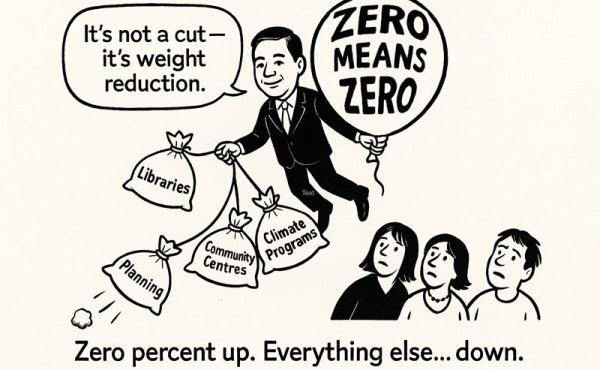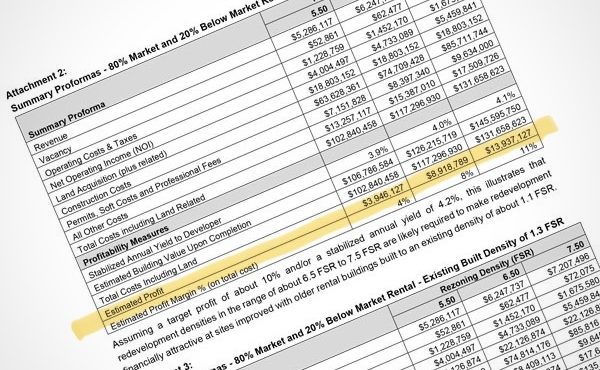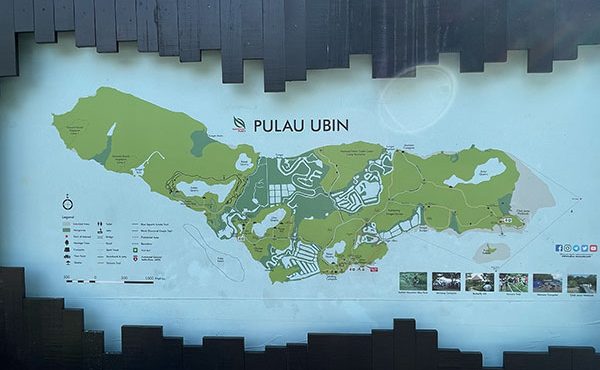
“Talk Transportation to Us” Vancouver’s public engagement wing for Transportation Issues is closing comments for the Draft Directions of Transportation 2040 at midnight tonight. There is still time to take the survey and make comments.
The Transportation 2040 Plan is looking at a more holistic approach to options for Vancouver’s transportation future.
Looking at Transportation 2040:
With Transportation 2040 the City of Vancouver is currently undergoing the draft development directions for a renewed long term transportation plan. The draft document presented last month is a visioning and planning policy renewal process that is presenting options for future directions in transit, people, and goods movement planning for the city. It has been developed through an ongoing engagement effort over the last couple of years. It is an attempt to focus and develop discussion and feedback from the citizenry on how movement between and in places could work for the city’s future.
The main crux of the draft document is looking towards a future for Vancouver that is increasingly less dependent on private vehicles. There are a number of statements towards increasing walking, biking, and transit access and opportunity for the city. This transportation planning model extends into other non traditional, but frankly crucial, territories of people movement. Most interestingly the scope of this planning exercise extends beyond infrastructure into realms of development and economic policy and placemaking. It is interesting to see a transportation document such as this force the hands of engineers and planners to think about how spaces and infrastructure are experienced as much as how much they are used.
Many key directions have been presented. Spacing will focus on the potential impacts of a few of them in the next weeks.
Walking:
Pedestrian activity and networks are being focussed on with a surprising amount of strategies towards public space provision and reorientation. Statements of “Pavement to Places” evokes some of the successful energy of New Yorks pilot public space programs.
Cycling:
An expansion to the City’s cycling network has been presented, but the visuals only discuss actions to be taken in a short 5 year term. However despite clear gaps in the network it is a very promising first step and will likely impact the modal share when included with other draft proposals like End of trip and Bike Share Facilities
Transit:
Rapid Transit directions suggest a primary focus on the Broadway corridor, but makes specific intentions on future potential corridors like Hastings, Commercial Victoria, Fraser, and 41/49th. The Arbutus corridor is notably absent from graphics but is stated as a desired future mix active and public transport corridor. Discussions about the SeaBus and Future Streetcar options are also notably vague.
Parking and Land Use:
One of the notable treats for planners like me are proposals towards decoupling private vehicle parking requirements from development and land use. Parking requirements have been a standard element to zoning since WWII and have caused some interesting and enforced some rather inefficient building types. Statements of reducing even eliminating some parking requirements for developments in proximity to transit will allow some interesting new infil and uses. For those worried about a mass of density competing for dwindling resources there are also provisions mentioned for shared and adaptable facilities.
Read the document for yourself. It is bound to generate discussion.
***



